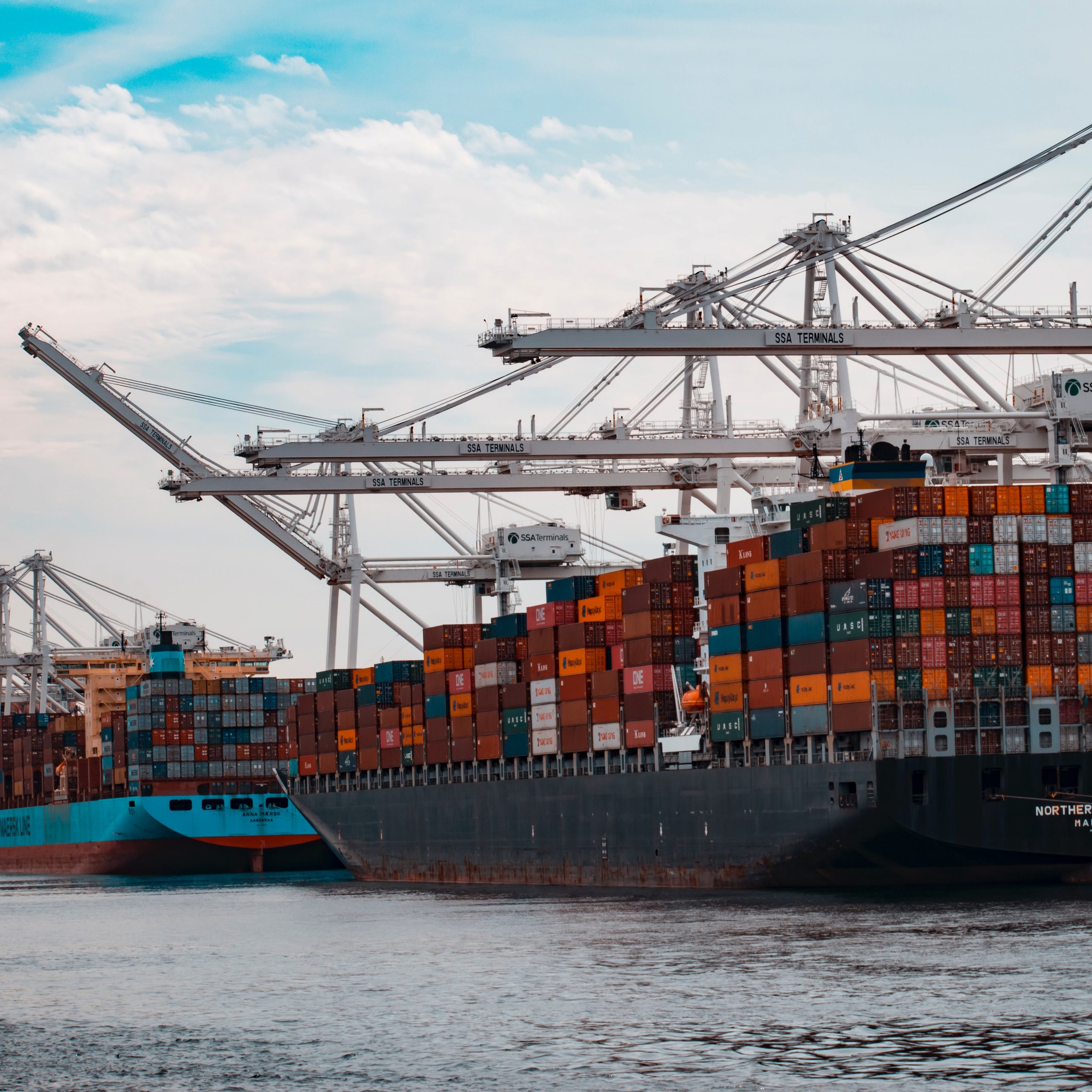Recently, Electrek, a news and commentary website for electric transport, reported that Tesla increased the prices of four of its vehicles. The base Model 3 and Model Y now cost $2,000 more, while the base Model S and Model Y cost $5,000 more.
Tesla, however, is fortunate in that it only had to increase prices. Other automotive giants such as Opel, Ford, Toyota, and Volkswagen increased prices and even temporarily closed factories in Europe.

After Apple released the first generation of its in-house microprocessor, M1, the world eagerly waited for its more powerful variants, recently revealed to be M1 Pro and M1 Max. However, the new MacBook Pros, along with the new iPhone 13, seem to be facing production delays, which have forced Apple to delay shipping in several countries.
Nike, Adidas, and several other textile and shoe companies, too, have run into production delays. A US factory that produces plastics critical to perfume production closed down recently, creating a massive bottleneck for the perfume industry.
There’s more. Breakfast cereal. Cardboard. Gym equipment. Steel. Timber. Books. Curtains. Coats. Turkeys. Medicines. The supply crunch has affected it all. But how did we get here?
The supply crisis, explained
We may have found a cure for COVID-19, but a cure for the current global supply crisis seems to be nowhere in sight. In the past year and a half, every aspect of the global supply chain has found itself disrupted. It’s a culmination of a cascade of events that began in early 2020, as COVID-19 turned from a novel infection in Wuhan to a full-blown pandemic raging across the world.

Mining, growing, manufacturing, logistics, transportation—every aspect has suffered costly delays. The delays now threaten post-COVID recovery by causing production and manufacturing delays or a surge in prices. Data by consulting firm Alix Partners suggests that automotive companies alone have lost over $210 billion due to a lack of chips and temporarily shut factories.
How did we get here? Well, three things.
1. Bottlenecks caused by lockdowns
The first reason isn’t hard to guess. The rise in COVID-19 cases forced governments worldwide to impose lockdowns, forcing manufacturing and production units to temporarily shut or run understaffed. The delay, either because a unit was shut or processing slowed down, created a bottleneck where the chain’s flow clogged.
Take a laptop or car, for example. These sophisticated products are built by bringing together different components sourced from different manufacturers. Unless a laptop or car manufacturer can find alternatives, even small delays can snowball into a large delay, forcing companies to postpone launch. Tesla, for instance, rewrote its code so that it could run on alternative hardware. Still, the supply shortage forced it to increase prices.

In an era where orders are delivered in less than a day, we have become completely oblivious to what happens behind the scenes. So many raw materials are sourced from India and Brazil, where COVID-19 was rampant and pandemic management complicated. China, South Korea, Vietnam, and Taiwan dominate manufacturing—places that, too, were mangled by the infection. As a consequence, their ports were clogged with containers.
Many, indeed, halted in the ocean, waiting for parked containers to unload, load, and leave. That is, if they even made it to the port. The Ever Given wasn’t the only cargo that found itself stuck. Shipments that ought to be in Egypt found themselves stuck in China. Although the Ever Given did make it worse. Stuck at the Suez Canal, one of the world’s busiest waterways, the disruption caused was so severe that it took small European ports months to recalibrate.
As a countermeasure, many companies pre-ordered shipments, even though their warehouses were full. Where, then, were the products stored? That’s right, the containers doubled as storage units, taking up space at an already overwhelmed port. And that is, if the port was even open. A sharp rise in COVID-19 cases forced the world’s third-largest port, Ningbo-Zhoushan, to close down for two weeks.

The supply shortage is a testament to how incredibly complex and interconnected the global supply chain is. That’s what happens behind the scenes. That’s what goes into motion when you hit ‘Place Order.’ But it is also a lesson into why that is a problem. The semiconductor crunch would not have hit the US so hard had it established a foundry to develop its own chips. The same goes for hospital gowns and masks made in China, textile and shoes made in Vietnam, and other myriad products that are manufactured in the East.
Granted, companies have no option but to import certain raw materials. But manufacturing could be achieved in-house or around the corner. The problem, of course, is cost. A laptop manufactured in the US can cost 30% more than the same laptop manufactured in Taiwan. But the crunch has pushed prices up anyway. Ordinarily, shipping cargo from Shanghai to Los Angeles would cost around $2,500. Early 2021, it could cost almost tenfold—about $25,000.
That said, the lockdowns alone don’t explain the tenfold increase.












